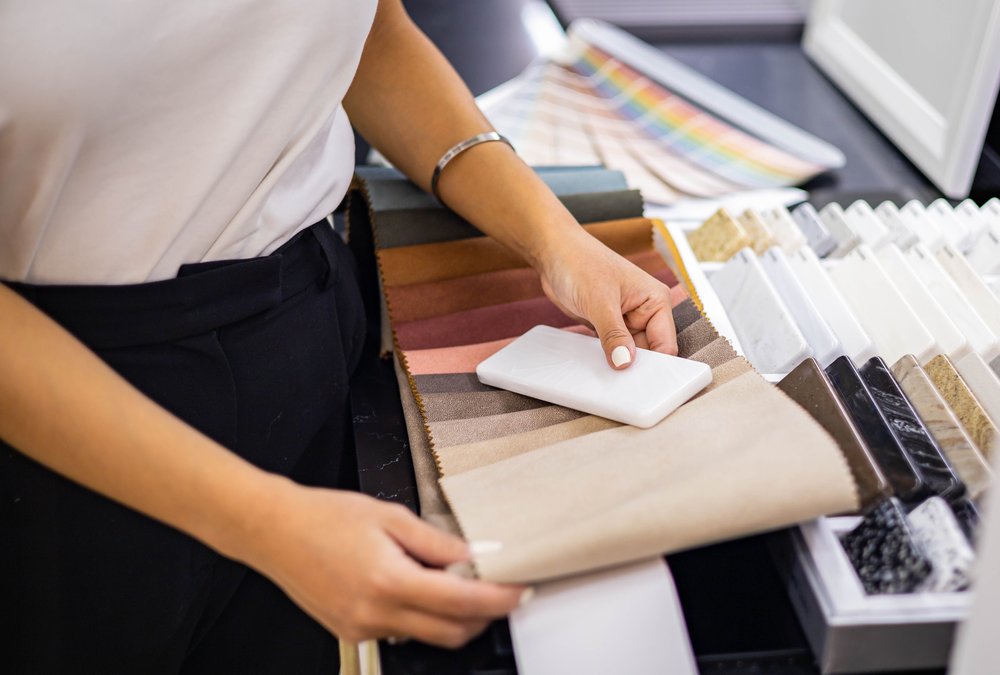
‘The Textile Tracer Assessment’, written for manufacturers and wider fashion ecosystem stakeholders, provides a detailed evaluation of tracer technologies and their suitable application to various materials and fibres.
‘Tracer technologies’, as defined in the report, are systems used to analyse the microparticle composition of fibres, materials, and finished products. When in operation, they can verify the origin of materials, create traceability, and flag problems in the supply chain.
The report aims to create more robust awareness of these technologies among supply chain managers, in order to mitigate false claims of the sourcing of fibres and the burying of environmental risks posed by certain supply chains.
As the report outlines, tracer technologies come in two forms. Firstly, using isotope/elemental profiling tracers and DNA analysis tracers, ‘forensic tracers’ analyse the microparticle composition of fibres, materials, and finished products to determine their geographical origin. Secondly, ‘additive tracers’ use synthetic/artificial DNA tracers, ink/rare earth fluorescent tracers, and optical fingerprints to apply tracer substances to materials at a certain point in the supply chain to be detected later on.
The applicability of these methods in different contexts is specified to enable the manufacturer to understand the relevance of each system to their own operation. For example, Forensic Tracers leave minimal burden on the supply chain, but are less useful when tracing synthetic fibres. Alternatively, additive tracers are more impactful on supply chain operation while offering better all-round effectiveness on fibres.
While they do not remediate environmental or social concerns, the bodies emphasise how tracer technologies can be used to authenticate sustainability standards and certification of produced textiles as part of a wider sustainability strategy. These techniques are highlighted as facilitators of the flow of information along the supply chain, and so are tools to better apply wider practical solutions to reaching sustainability and circularity.
As it recommends the use of physical tracer technologies in partnership with digital trailers, the guide further stresses the uses the technology has for site-level verification, and transactional-level verification providing robust traceability governance.
➔ Read the full article on Resource
